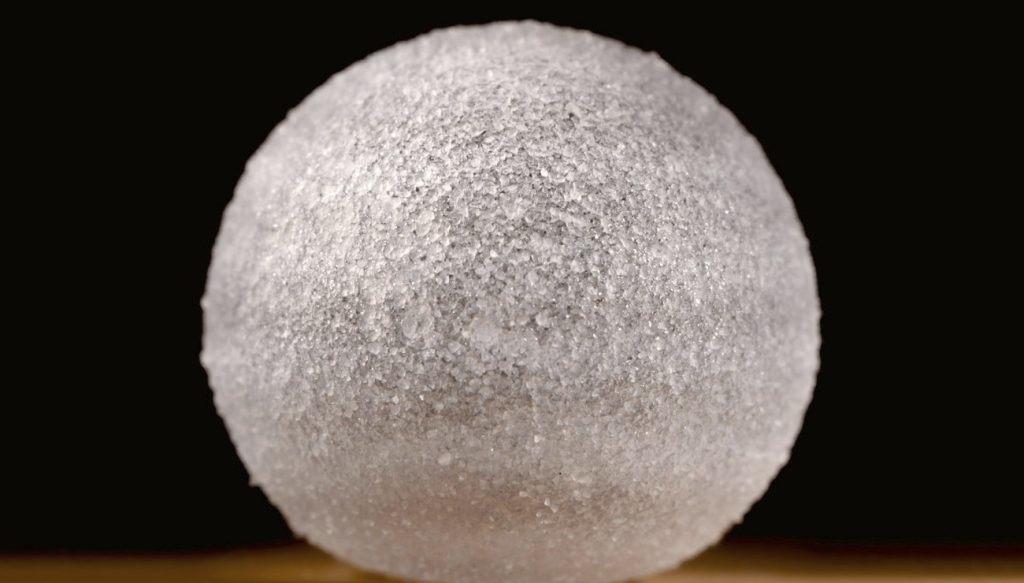
Recipe for “eternal” bubbles
Honoré de Balzac compared happiness to a soap bubble that changes color like an iris and explodes when touched. Unfortunately, even without touching it, a soap bubble has a rather short life, a few minutes at most. Several phenomena conspire to cause this delightful thing to explode in children… and adults alike. But Emrick Rowe of the University of Lille and his colleagues have developed a “recipe” for making bubbles that last more than a year!
Let us first remember that a bubble of pure water, consisting of a volume of air surrounded by a membrane of water, is almost impossible to observe in reality. In such a body, the water in the film is subjected to gravity and is drained into the bubble. The film on top of the bubble is thinned and can be a few tens of nanometers thick. This area then becomes too brittle to withstand the increased pressure inside the bubble (which is always greater than the external pressure under Laplace’s law). The bubble ends up bursting in less than 20 microseconds.
Added soap – that is, amphiphilic phospholipids, molecules whose “head” is attracted to water molecules and the “tail”, on the contrary, hydrophobic – slows down the draining phenomenon and extends the life of the bubble. Soap molecules are placed at the water-air interfaces, hardening them, thus retaining the water molecules. But the soap bubble remains very fragile. The presence of dust can cause turbulence and bubble bursting. Another destabilizing phenomenon is the evaporation of water from the film. Again, the film softens and tears.
In 2017, Yousra Timoni and colleagues at the University of Paris-Est developed what they call marble bubbles, bubbles whose liquid film contains plastic particles. Thanks to the moisturizing effect, liquid “bridges” are created between the plastic particles. This structure makes the bubble more powerful and, above all, eliminates the discharge caused by gravity.
Emeric Rowe and colleagues took up the idea of a marble bubble. To make such an object, the researchers spray a water bath with polyamide particles (which are 100 micrometers in diameter). These elements adhere to each other via liquid bridges and gather in the form of a “raft” on the surface of the liquid. Using a syringe, physicists blow air under the raft to form a particle-covered bubble. With a spoon, they stir the bubble between the particles to ensure that the entire surface is covered. But this ball remains sensitive to evaporation.
To counteract this process, Emeric Rowe and his colleagues had the idea of adding glycerol to water. This component has a high affinity for water, so much so that it absorbs water molecules present in the surrounding air. By adjusting the concentration of glycerol, the researchers obtained bubbles with a diameter of a few millimeters and their mass remained stable, that is, they did not lose water. The evaporation of water was compensated by the absorption of glycerol. The researchers modeled this process and found good agreement with their experiments.

The recipe can be applied to any liquid film, as here on a pyramidal wireframe. This movie lasted 378 days.
© A. Roux et al., IEMN, Phys. pastor. Fluids, L011601, APS
After getting past the few minutes of the classic bubble, the researchers were able to produce bubbles that lasted 465 days! They also used their recipe to reinforce soap flakes on wire structures, for example shaped like a pyramid. These fragile films usually lasted 378 days…we thought diamonds would last forever, but that too would be the case with some bubbles!

“Organizer. Social media geek. General communicator. Bacon scholar. Proud pop culture trailblazer.”
